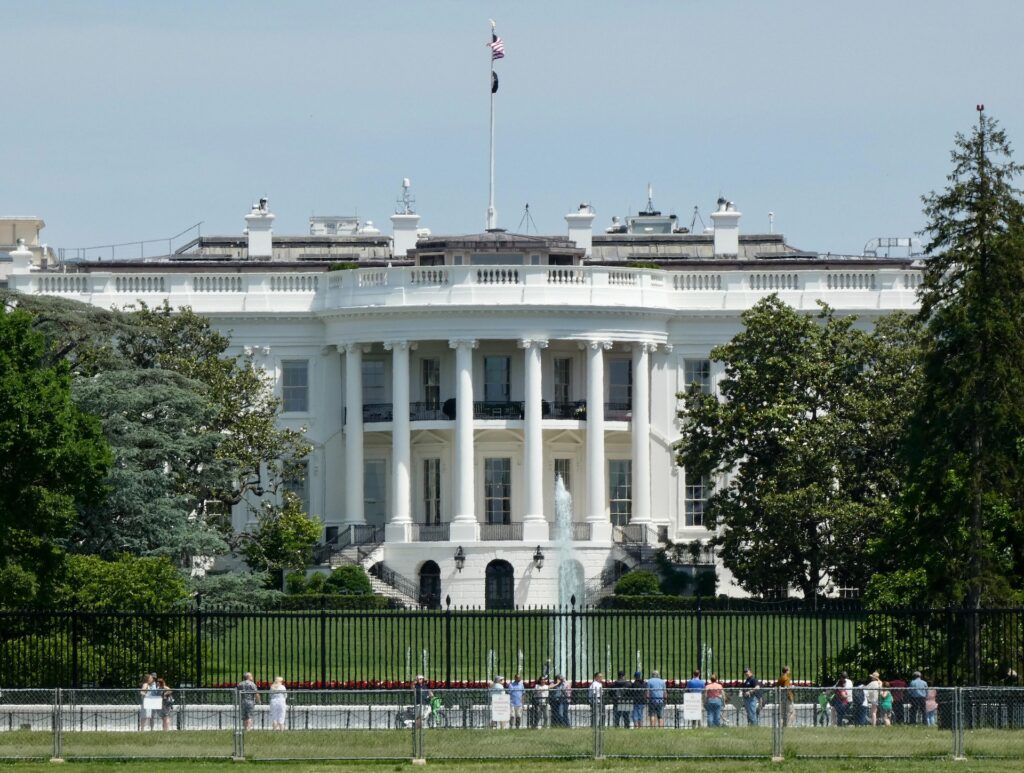
People have suggested that the responsibilities of leadership should never grant those honored with such a position peaceful sleep. This idea is especially applicable to individuals responsible for leading an entire nation. However, presidents enjoy moments of relaxation and the associated comforts, just like ordinary individuals. In the present day, creating a physically comfortable environment within the White House or any presidential residence is relatively simple. Nevertheless, in periods prior to the emergence of modern electrical and cooling systems, enduring the conditions within the White House often meant facing a challenging experience.
The annals of The White House Historical Association reveal a plethora of strategies employed by presidents over the passage of time, all aimed at combating the oppressive heat and humidity of Washington, D.C. Yet, most of these methods achieved only intermittent success at best. The most efficacious tactic involved a simple yet effective solution: relocating during the summer months. This approach found favor with illustrious figures such as Abraham Lincoln, who sought solace in a cottage designed in the Gothic Revival style nestled amidst the hills whenever the District’s climate turned unbearable, as chronicled by the National Parks Service. Other commanders-in-chief flirted with rudimentary air-cooling techniques. A convoluted and somewhat impractical system that circulated air cooled through ice-soaked cotton brought comfort during the final days of James Garfield in 1881. However, almost two decades later, William Howard Taft embraced an age-old Southern tradition to counter the heat: the sleeping porch.
According to Southern Living, homes during the 19th and early 20th centuries commonly featured a sleeping porch. In modern terms, it could be described as a covered deck since it essentially served as such: a deck or balcony on an upper house floor, typically positioned in a corner and equipped with screened windows. Larger sleeping porches could extend from one end of a house to the other to maximize exposure to cross breezes. Families would arrange beds on the sleeping porch at night, allowing them to rest in the relatively refreshing “outdoor” air.
Before centralized air conditioning was invented, sleeping porches offered a highly valued solution to beat the heat, especially in the American South. Besides aiding sleep, these rooms were viewed as beneficial to health; the breezes passing through the screened windows were thought to counter the spread of diseases like tuberculosis. Even today, although no longer necessary for achieving a comfortable sleeping temperature, some homes maintain sleeping porches (or something similar) for their charming appeal.
President William Howard Taft brought various air conditioning methods to the White House, initially experimenting with fans that circulated chilled air from ice blocks in the attic. He then constructed a functional sleeping porch on the White House roof, as evidenced by surviving photos that portray an improvisational design void of permanent furnishings or decorations. This ingenious porch effectively tackled the heat issue, serving its purpose during Taft’s time.
In subsequent years, his successor maintained the presence of the sleeping porch until approximately 1920. However, Woodrow Wilson chose not to utilize it, confidently stating that he did not require artificial cooling measures. Yet, within a year of assuming office, Wilson conceded to the unrelenting summer climate of Washington, D.C., prompting him to seek alternative solutions. He opted for tents strategically positioned on the fringes of the Rose Garden, eschewing Taft’s sleeping porch. The installation of contemporary air conditioning, as recognized today, transpired in 1930, under the Truman administration, superseding earlier systems.
Although subsequent presidents abstained from utilizing Taft’s sleeping porch, it remained the catalyst for subsequent addition to the White House. During Coolidge’s administration, the sleeping porch underwent a transformation, evolving into the enduring Solarium, a feature that persists to the present day.